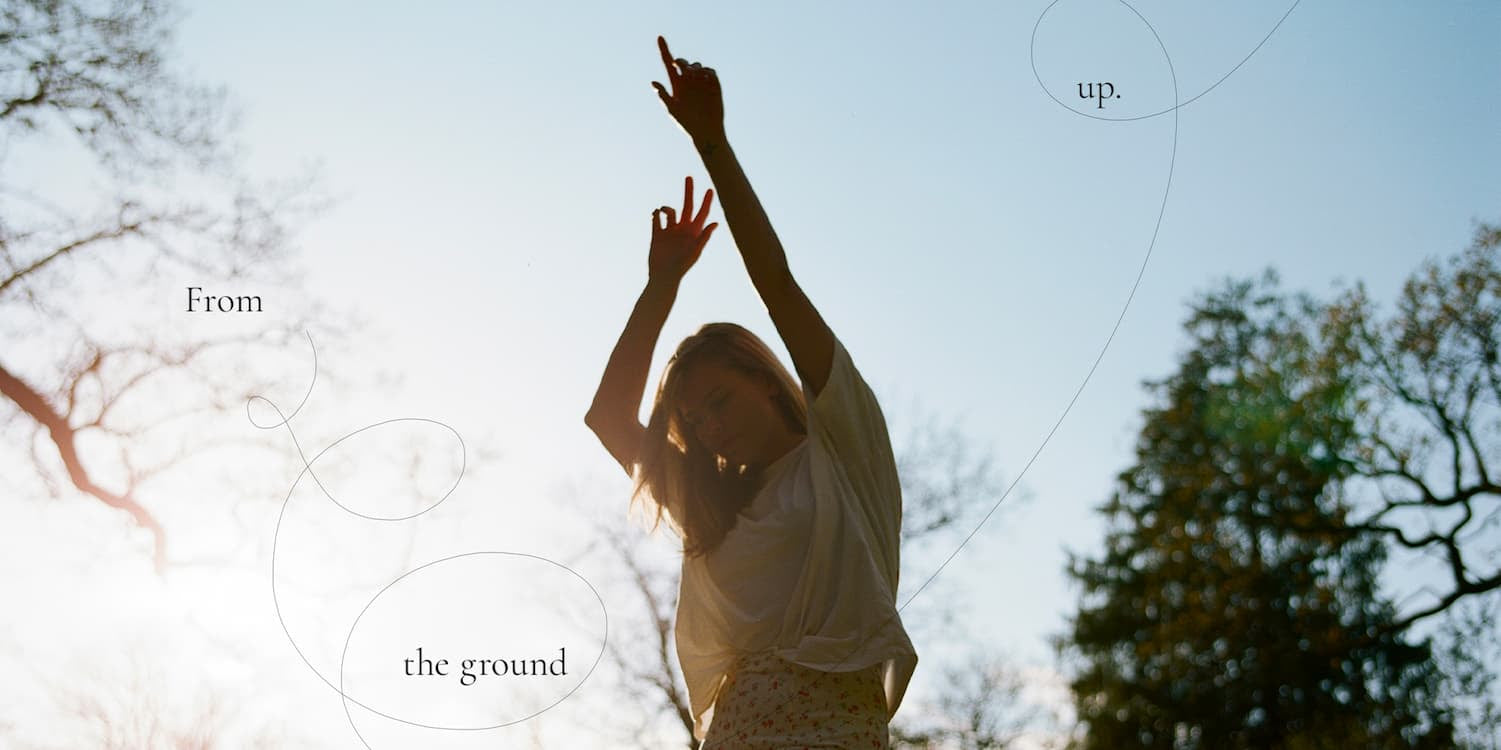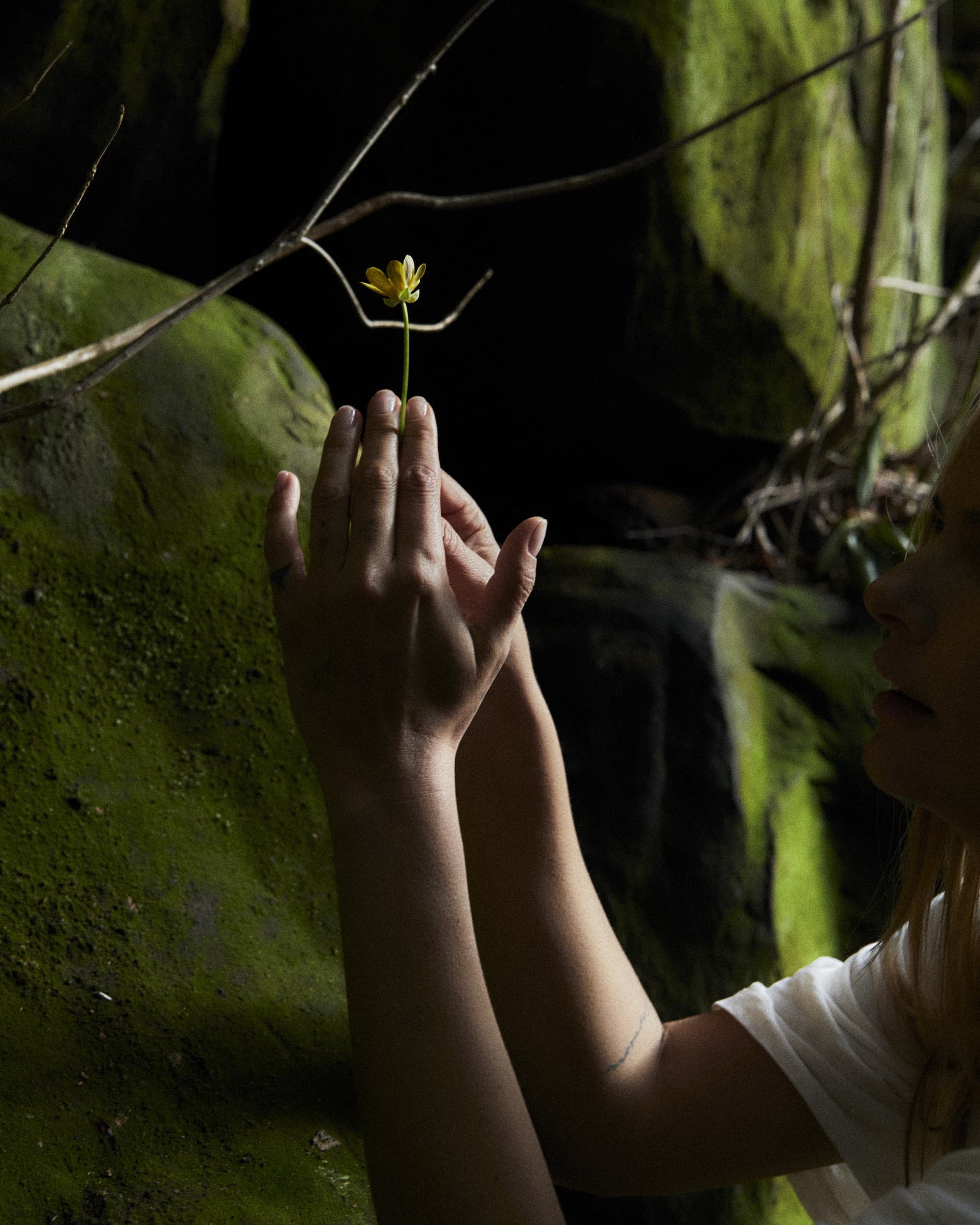A few weeks ago, after having lunch with a friend, I slipped into the Royal Academy of Arts to see an exhibition I'd had bookmarked for a while, called Astonishing Things, showing the drawings of Victor Hugo.
Having studied French literature, I was familiar with Hugo's writing, but I hadn't come across any of his art before. What had captured my attention was his scribbly octopus on the exhibit poster. Hugo's writing is, on the whole, unapologetically dense, heavy-hitting and somewhat depressing; yet, as I walked around the dimly-lit exhibition room, what struck me was the playful, unfinished, fragmentary nature of Hugo's sketches: childlike bubble-writing of his name, inky castles, angels entwined with flowers, flashes of fantasy; spiders, serpents and shipwrecks...all in the same dark, inky mixture of graphite, charcoal and black chalk. There was even a tiny wooden mirror on which he'd carved little birds, partially finished in colour.
I don't think I've ever been able to get through a complete written work by Victor Hugo, yet I spent hours looking at his sketches and have continued to revisit them in the exhibition book since. Do these whispers from the edge of consciousness — unfinished dreams, notes in a margin — somehow touch us more deeply than something meticulously crafted?
It made me wonder whether we could turn our ceaseless striving for perfection on its head and cherish the incomplete and imperfect within ourselves too. Might we finally come to appreciate a more permanent beauty in our own unpolished fragments?
Olivia x
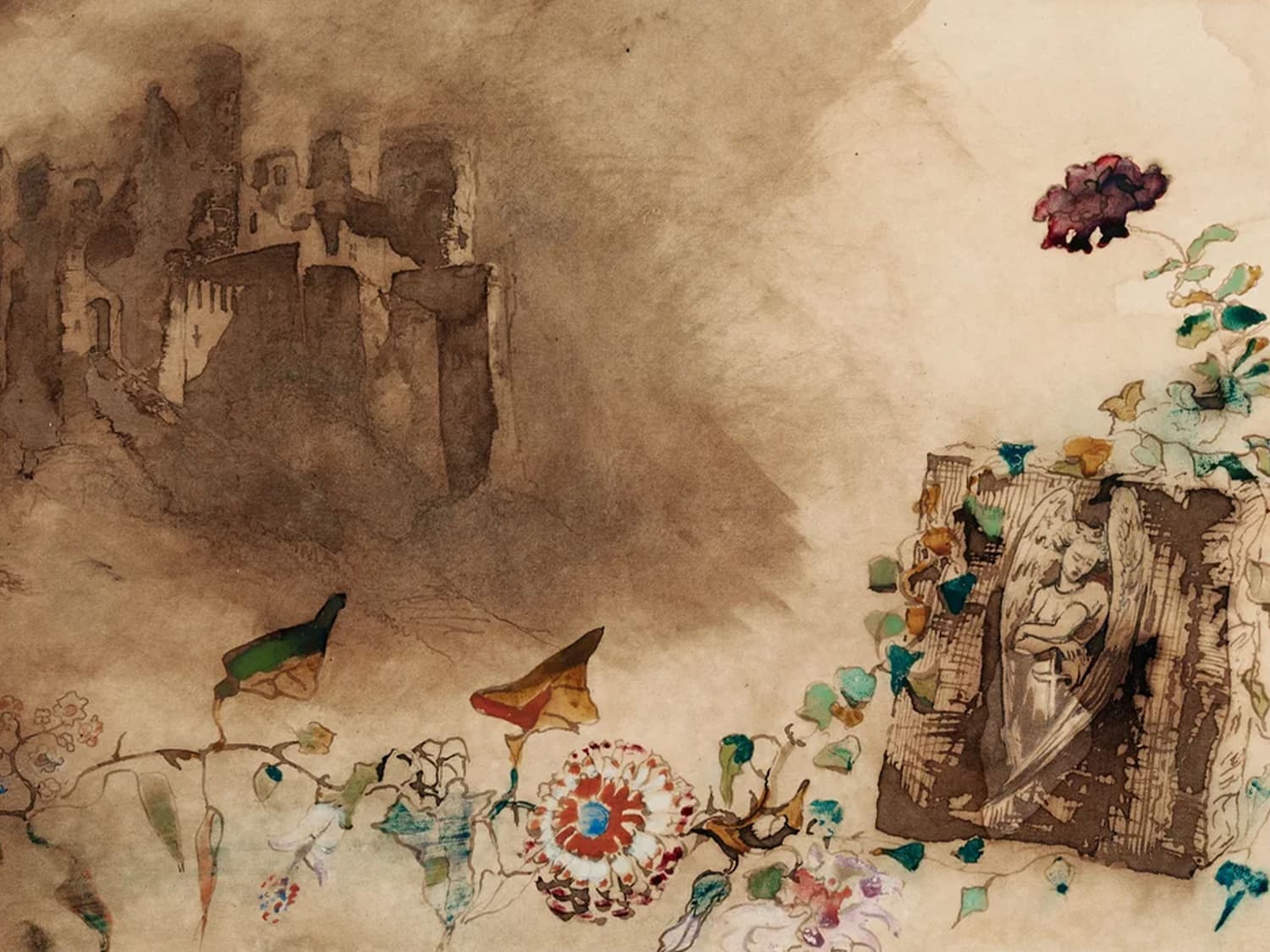
BTS
I've been experimenting with Holy Basil oil this week. It smells like cloves, camphor and mint— a complex, zippy scent; slightly bitter, sweet and smokey. It reminds me of a spicy margarita I had not long ago that blew my head off (and might have actually poisoned me), yet was weirdly delicious. Holy Basil has a long history of use in sacred rituals, specifically for its strong grounding effect...but I feel like I've discovered a secret, vampy edge to it.
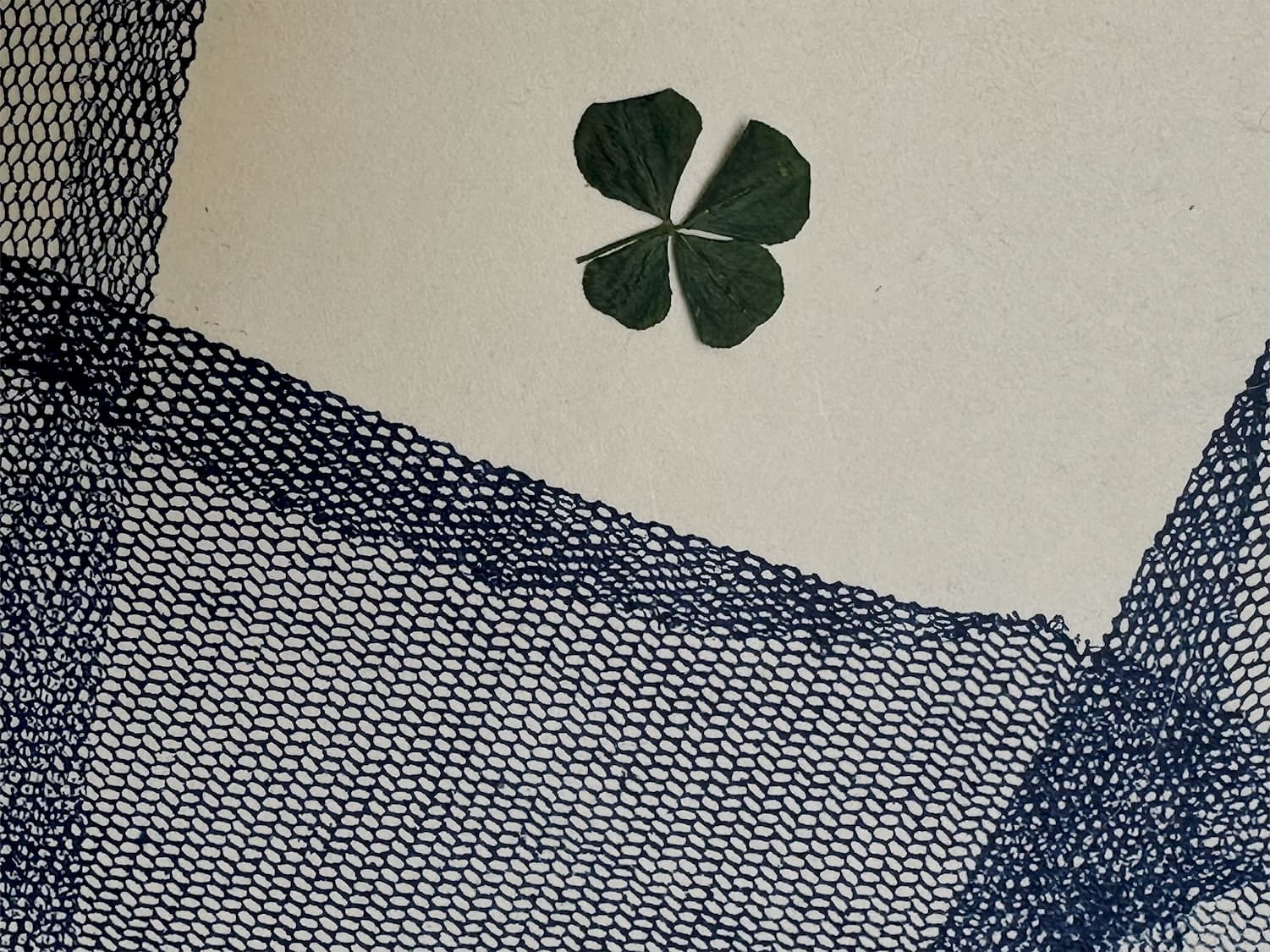
Roots
In the same vein as the fragmentary pleasure of Astonishing Things, I untied a few small flower presses yesterday that had been forgotten on the bookshelf since an afternoon experimenting with my daughter. I couldn’t have told you what she’d gathered that day, but as I lifted each layer, the paper-thin buttercups, geranium buds and rose petals opened something far larger: the whole afternoon came rushing back. Her proud little face, the sun, the sweetness of being in that shared moment and the excitement of tucking something small and precious away to preserve something vast.
When we were in Cornwall recently, she found a four-leaf clover and tucked it into the pages of her book. She carried it around all week, and then decided, entirely on her own, to post it to someone she felt needed the luck more than she did. When she posted her tiny envelope in the letterbox, it marked something bigger even than the magic and rarity of a four-leaf clover; a moment of loving care.
It's a reminder that sometimes a little scrap, preserved, offers a kind of beauty that lasts — not in scale or even permanence, but in feeling. The kind you don’t forget.
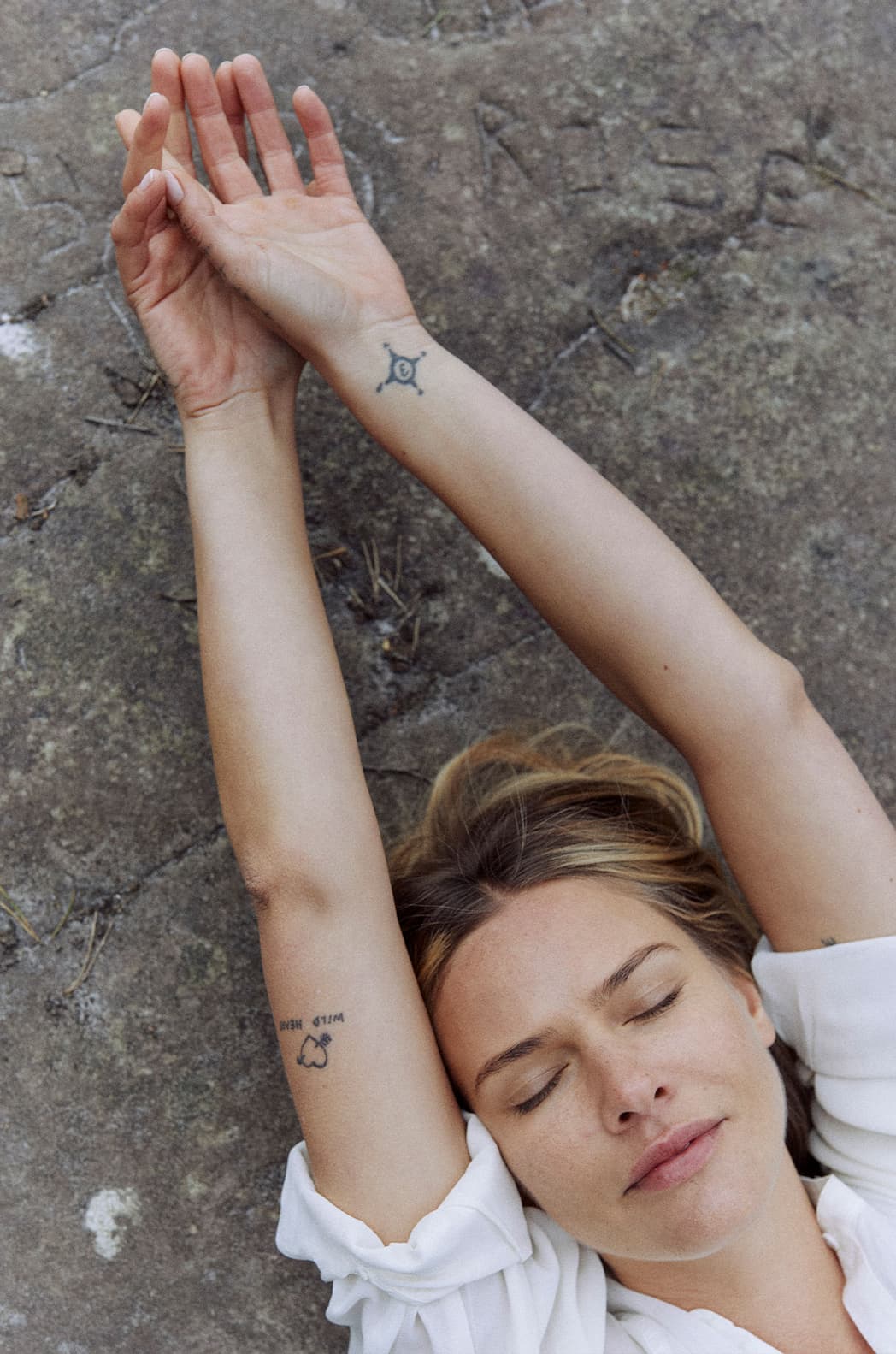
Body
We've all been told that the body keeps the score in a way that's meant to help us unravel and heal our deep internal "marks", but on a surface level, what if it's actually something we should want to hold onto? I'm sure I'm not the only one who picks apart their smallest flaws, but what are freckles, stretch marks, wrinkles, scars if not fragments of time, etched into our skin? I had a mole removed from my neck last year and I feel a bit sad now when I see the scar in its place, especially when I notice it in old photographs. It would be nice if we were able to cherish our "flaws" a bit more. I hope this nudges you (as I will force it to nudge me!) to appreciate the traces of your own special score.
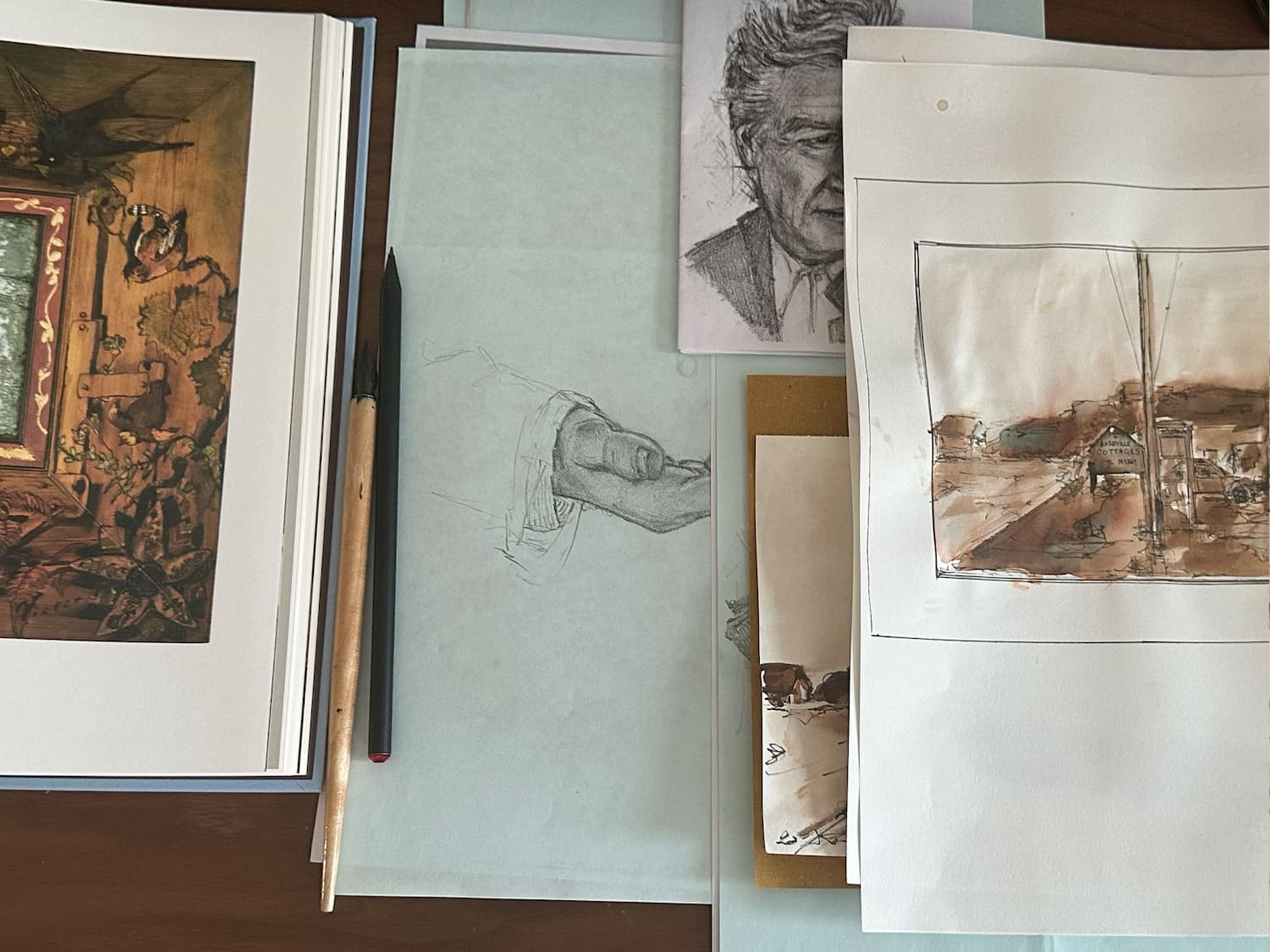
Long Haul
One lingering part of Long Covid I still haven’t managed to resolve is post-exertional malaise, or PEM. It’s something many people with chronic conditions like ME/CFS, fibromyalgia, or Lyme disease will recognise instantly. You can feel completely fine, go about your day as usual, and then suddenly hit a wall — overwhelmed by a wave of physical and mental exhaustion so intense, you have no choice but to lie down.
For a long time, I assumed exercise was the trigger. I thought I was setting myself back by trying to build strength. But after tracking my patterns with my Oura ring, I realised something unexpected: the crashes weren’t coming after workouts, but often after long, gentle, enjoyable social engagements. The fallout sometimes lasts into the next day, or the one after that.
It’s hard to describe to anyone who hasn’t felt it, but I imagine even the healthiest among us experience something similar from time to time — burnout, maybe. That feeling of being emptied out by too much doing, even when the “doing” felt good.
What I’ve found helps most in those moments — when even reading feels like an effort — is spending small pockets of time being creative. I'll sketch things I want to remember (I have a terrible short-term memory), write, map out future Vanderohe formulas. Nothing pressured, nothing polished; just simple acts of making. Over time, these scraps begin to add up. Instead of looking back at empty hours, I’m left with a kind of scrapbook of memories and meaningful moments, built during the pause.
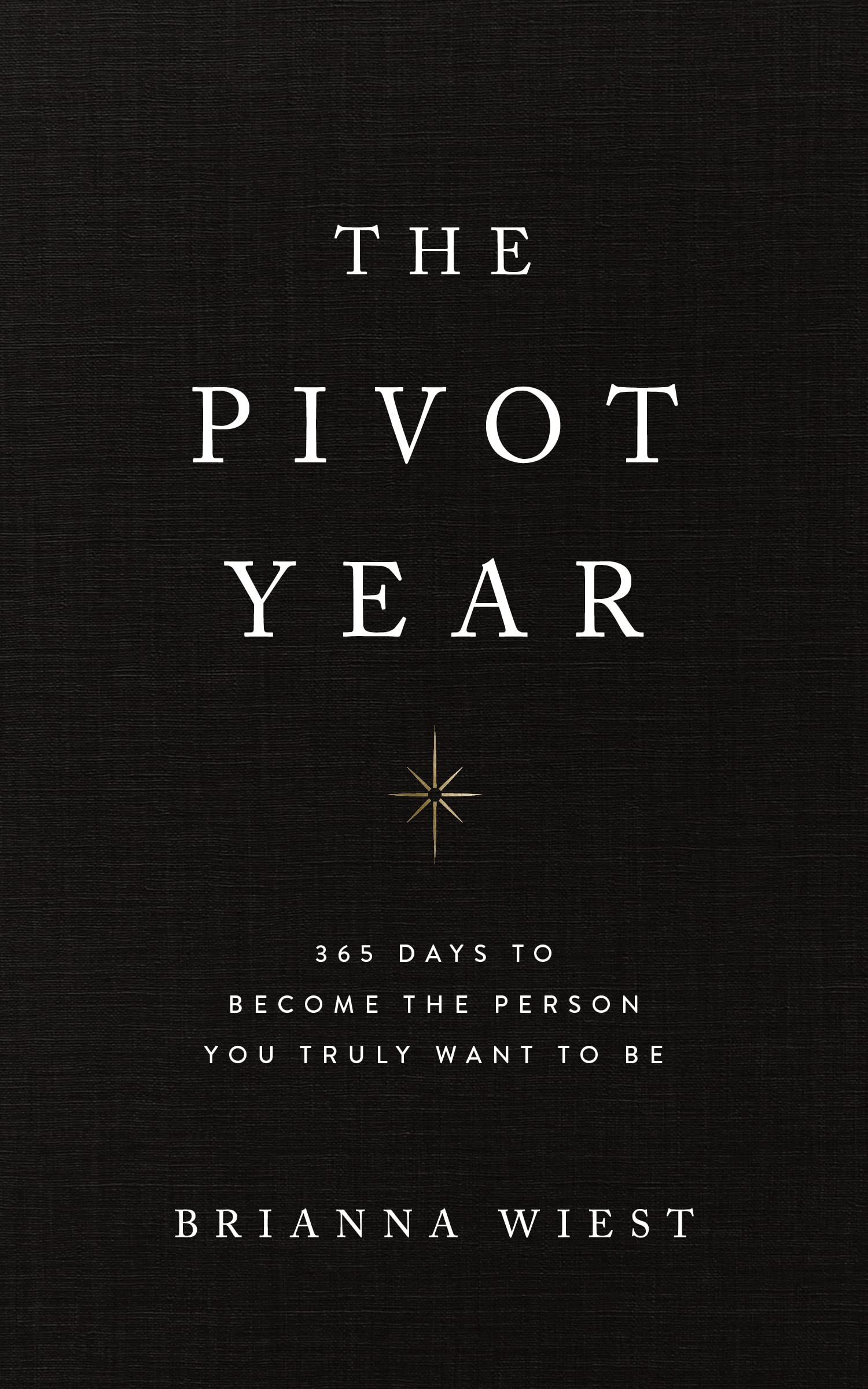
Mind
I’ve been dipping in and out ofThe Pivot Yearby Brianna Wiest over the past year, and it’s become something of a handbook for me. There’s no pressure to read it in order — just a page or two is often enough to shift perspective or lift the weight of a day.
I listened to Brianna on a podcast recently and was struck by how grounded and sincere she is. She came across as incredibly humble, warm, and clear. That same tone runs through every page. Somehow, whatever you’re going through, the words seem to meet you there. It’s a book I keep close.
